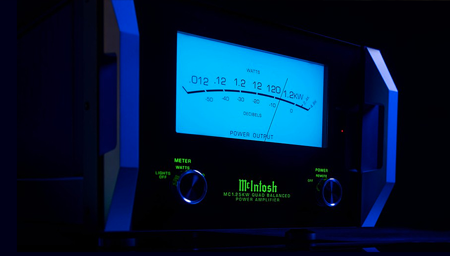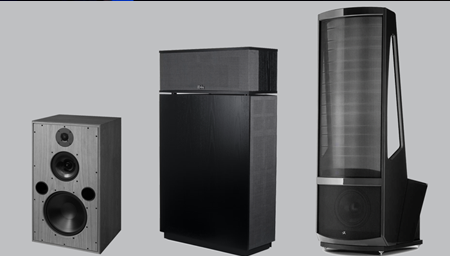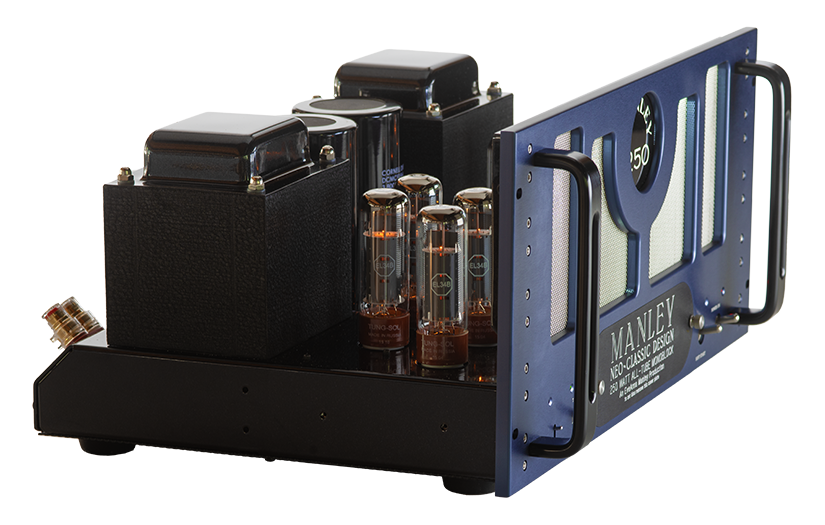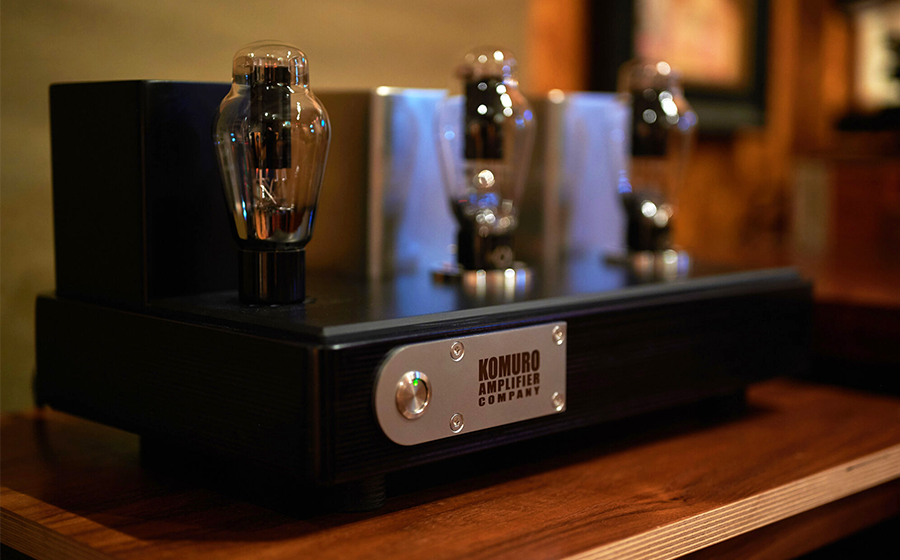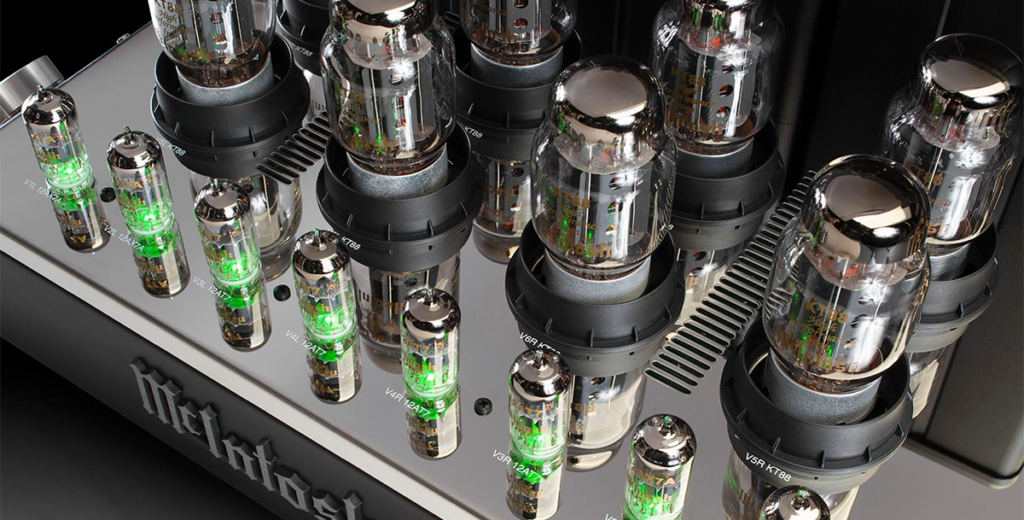
Tube amplifiers are far from plug & play but the rewards, both sonically and often with the design, can well be worth the extra effort
by Tom Methans
October 25, 2022
Just like turntables and reel-to-reel tape recorders, tube gear has been making a big comeback. Vacuum tubes were omnipresent in bulky audio equipment before being replaced by tiny transistors, which heralded in the age of single-chassis receivers and streamlined separate components. Throughout the ‘60s and ‘70s, consumers gravitated towards these more compact, powerful, and affordable “solid state” systems—especially young people moving into small apartments and dorm rooms. Nevertheless, tube amps have slowly gone beyond their status as esoteric old-fashioned relics and now hold a special place for music lovers wanting to return to the unique and remarkable way music sounded prior to transistors and computers. There are, however, several factors to consider.
Placement
Tube amps run notoriously hot. As the number of watts per channel increase, so do the number and size of the tubes, and the temperature in the listening room. Ventilation, climate control, and open-air placement are vital considerations.
Safety
Glowing tubes are a danger to pets, children, and the uninitiated, who can be burned by tubes or electrocuted by an exposed socket. Amps without covers require a secure location.
Warm-up
Tube amps sound best when they’re warmed up. Some purists never turn them off while others fire up their amps an hour before playing music. This type of gear is not well suited for spontaneous flipping on and off for a single song.
Aesthetics
Tube amps generally favor function over form. With practical designs, the best amp might not be the slickest. It might even resemble an unfinished craft project or 1950s military gear.
Speaker Pairing
There is a tube amp to power just about any speaker but low-watt amps perform best when driving efficient speakers. Also, tube amps are usually two-channel configurations without the ability to add another set of speakers or even a subwoofer.
Hands-on
Some amps need manual biasing, requiring the user to move switches and read meters to ensure that tubes receive the correct voltage. There are auto-biasing amplifiers but there’s no way around a bad tube. Changing them is easy after the amp is powered down correctly.
Perhaps the most prohibitive aspect of tube amps is their power output. How can an amplifier with 2 to 20 watts per channel produce music? While there’s much more to the formula, it’s essentially the combination of speaker sensitivity, circuit design, and the unique way tube amplifiers manage distortion that can make 6 watts of tube power sound as loud as a 50-watt solid-state amp. What matters is that just a few quality watts are necessary for a beautiful auditory experience.
The final prize with a tube amplifier is a warm, present, lifelike, lush, and emotional sound. Paired with the right speakers, these amps take on a dimensionality not easily found in more conventional equipment. There are many great tube-amp builders, from small bespoke direct-sales workshops with year-long waiting lists to major brands available through retailers. Try one. You might never go back to solid-state or computer chips.
See “Idea Book | Tube Amplifiers” for three radically different amps that can power any speaker on the market.
Tom Methans is a writer based in New York. As a Fulbright Scholar, he traveled all over Germany to see heavy metal bands before receiving his Master’s in Library and Information Science. He followed that with a 20-year career in the wine industry and now writes about music and audio equipment for Copper Magazine. When not watching 1970s movies, Tom listens to records on his vintage Japanese turntable.
the Komuro Amplifier Company K300B amp can power a pair of efficient speakers even though it only produces 6 watts of power
© 2025 Cineluxe LLC



